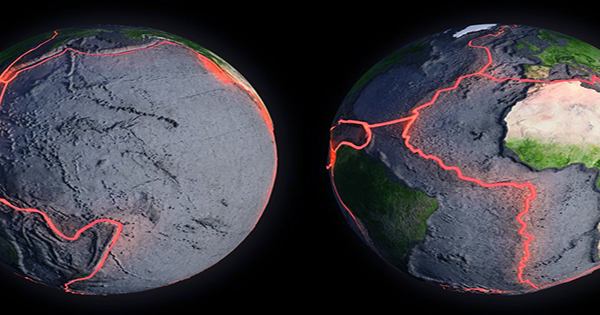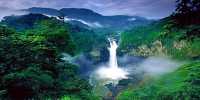A multinational team of scientists identified an unusual geochemical composition beneath Panama, which they felt did not develop there. It developed near the Galápagos Islands almost 1,500 kilometers (900 miles) distant and brought across by a “Mantle Wind” that blows beneath the Earth’s surface.
The study, which published in the Proceedings of the National Academy of Sciences, provides a novel paradigm, Volcanism and the development of the Galápagos archipelago caused by hotter material rising from the Earth’s deeper layers on the Galápagos plume. Some debris slides laterally as it travels through the shallow mantle, spreading all the way to Central America.
In a statement, Dr. David Bekaert of the Woods Hole Oceanographic Institution remarked, “The lateral movement of plume material represents an understudied process that distributes enhanced geochemical traces in mantle regions distant from plumes.” “Vulcanic systems may be compared to the body of a live thing; when the organism bleeds, it’s similar to magma leaking from the Earth.” In addition, just as you can test a blood type, you can measure the composition of that magma “He went on to explain.
“We measured an unusual volcanic gas composition in our study, similar to when a person has an uncommon blood type. We next try to explain where the Earth originated from in terms of deep geological events in the instance of the Earth.”
The area’s geology is intriguing. Panama and the Galápagos Islands are located on microplates that bordered by bigger tectonic plates, such as the Cocos plate, which borders much of Central America, and the Nazca plate, which runs parallel to South America, Where these bigger plates meet the continental regions, subduction zone forms, with the plates sinking deeper into the mantle.
The area known as a slab and it normally descends deep enough to prevent material from moving sideways. The Panama plate, on the other hand, is peculiar in that it acts as a “slab window,” allowing material to flow through the subduction zone.
Because the geochemical makeup of our planet’s core layers is so different, the researchers can pinpoint where the material appears to have come from, even if it is thousands of miles distant. “In Central America, exotic volcanic chemical characteristics had previously been observed. These chemical properties used as indications of significant geological processes. “Our findings in this example help explain why plume-derived volcanic debris appears in central Panama despite the absence of active volcanoes,” Bekaert added.
















